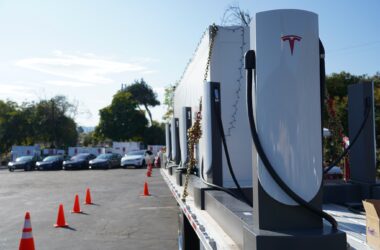Uber is trying to leverage its logistics expertise in areas outside of hailing taxis. Between eating, hauling, and deliveries, it’s trying to apply the same algorithms and systems across a wide assortment of services even as it continues to expand its core taxi business into more cities.
It may be a predictable move, but with every step they elbow their way into more competition, from startups like Doordash to public tech companies like Amazon to incumbent firms like FedEx. If they’re successful, it would prove that there is true value in building a largely content-agnostic, courier and driver efficient transportation network. Any deficiencies can be squelched with sufficient scale.
The counter argument is that verticals matter, and that optimizing for a specific function – food, groceries, moving, taxis – provides a better user experience. The problem is that not all these areas are viable businesses; even if Uber’s restaurant delivery service is objectively worse than a custom framework for food delivery, the logistical and legal and marketing challenges have to be addressed by each startup separately.
But if they’re able to create something sustainable, then that may render Uber’s proprietary algorithms and logistics a mere commodity.



